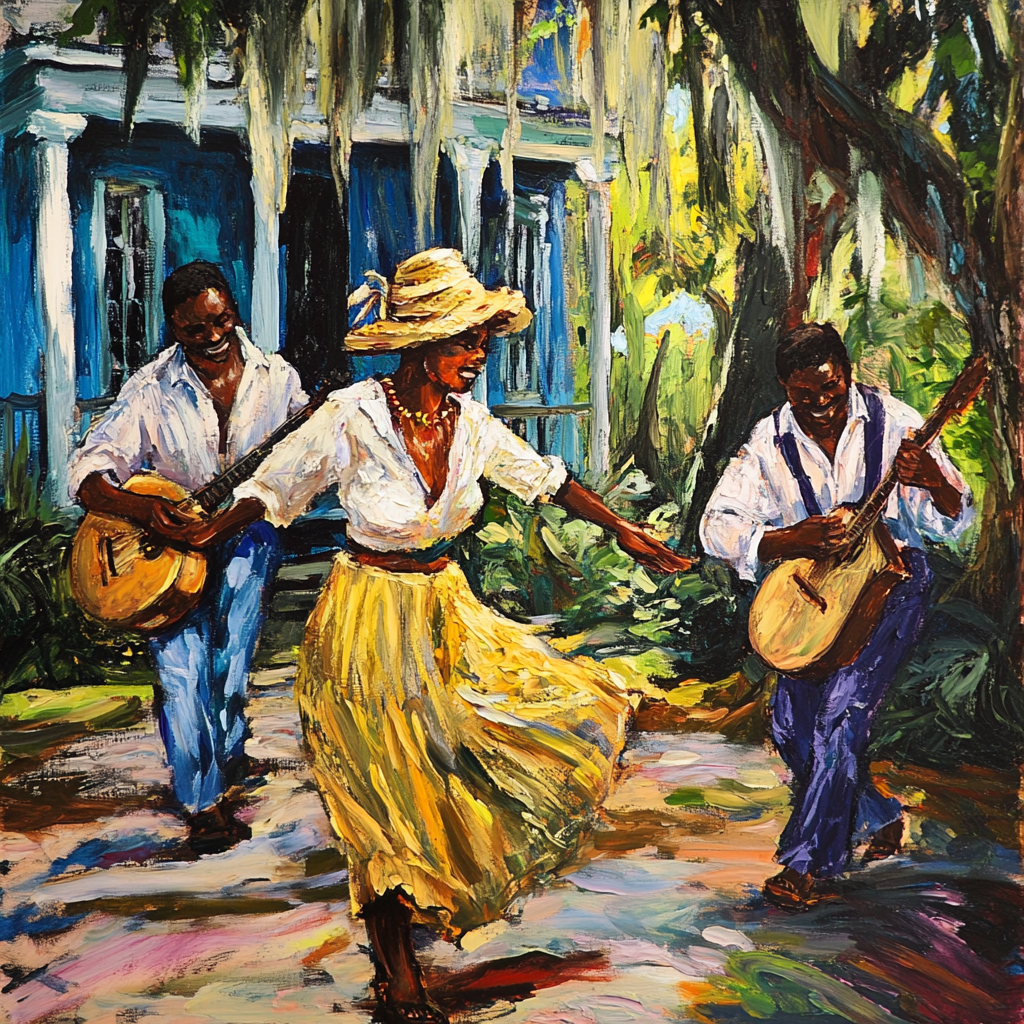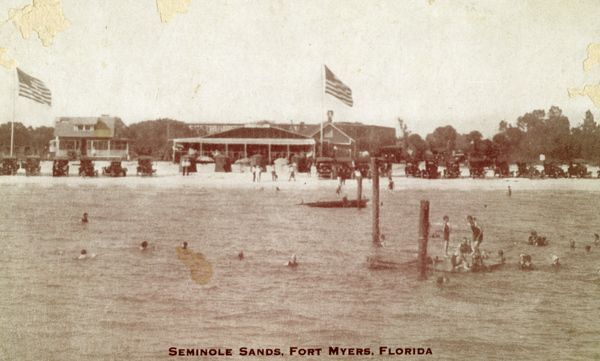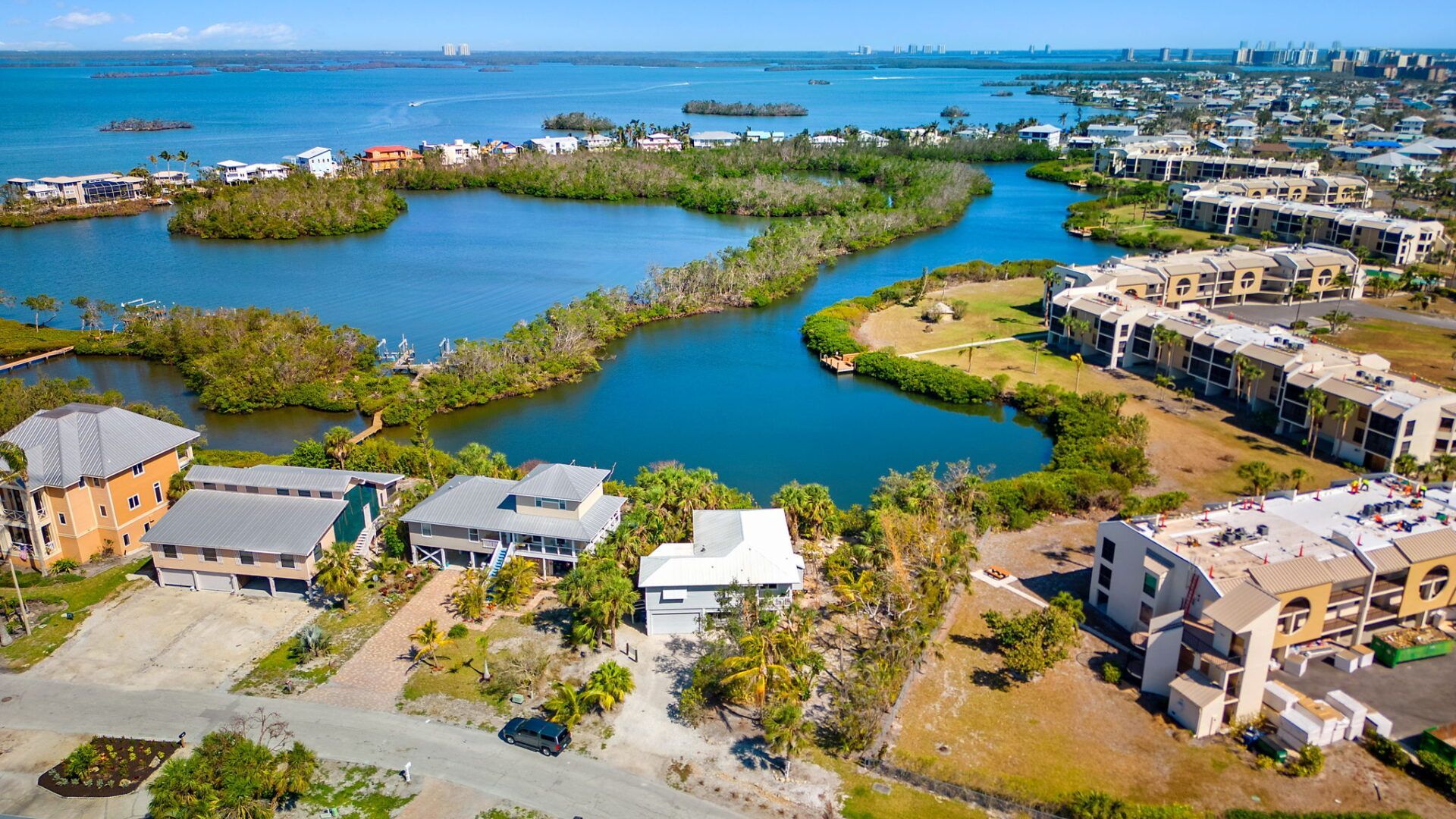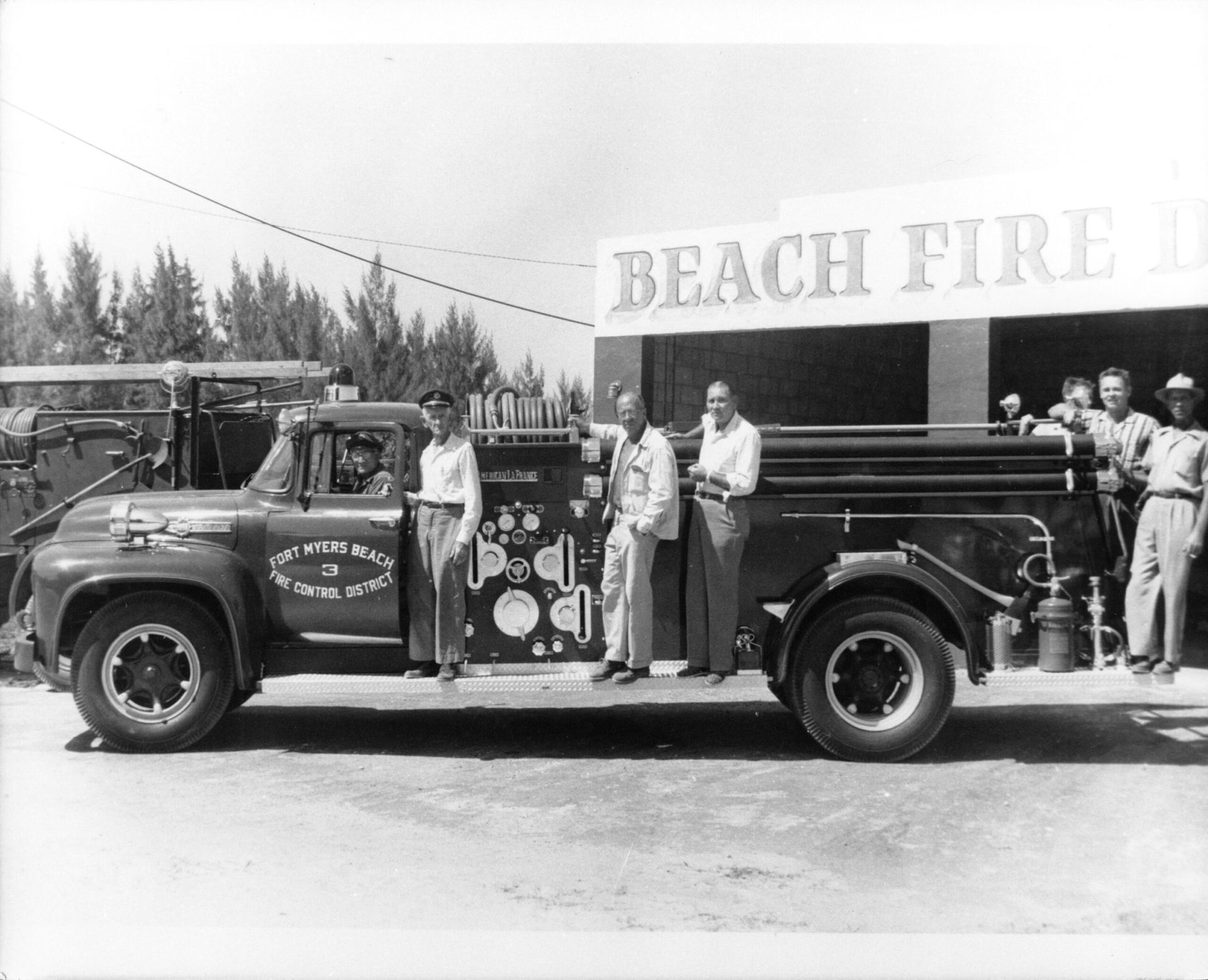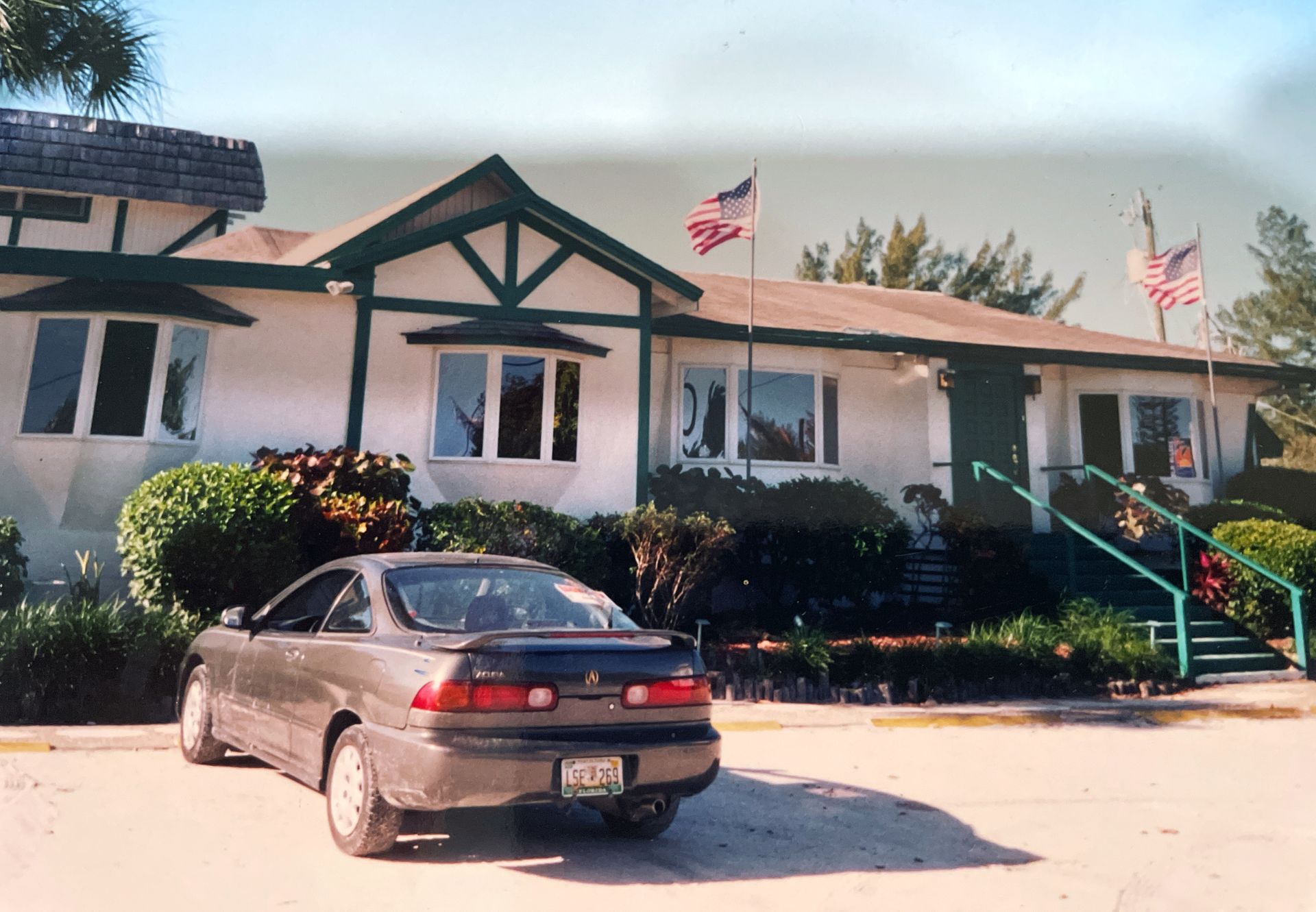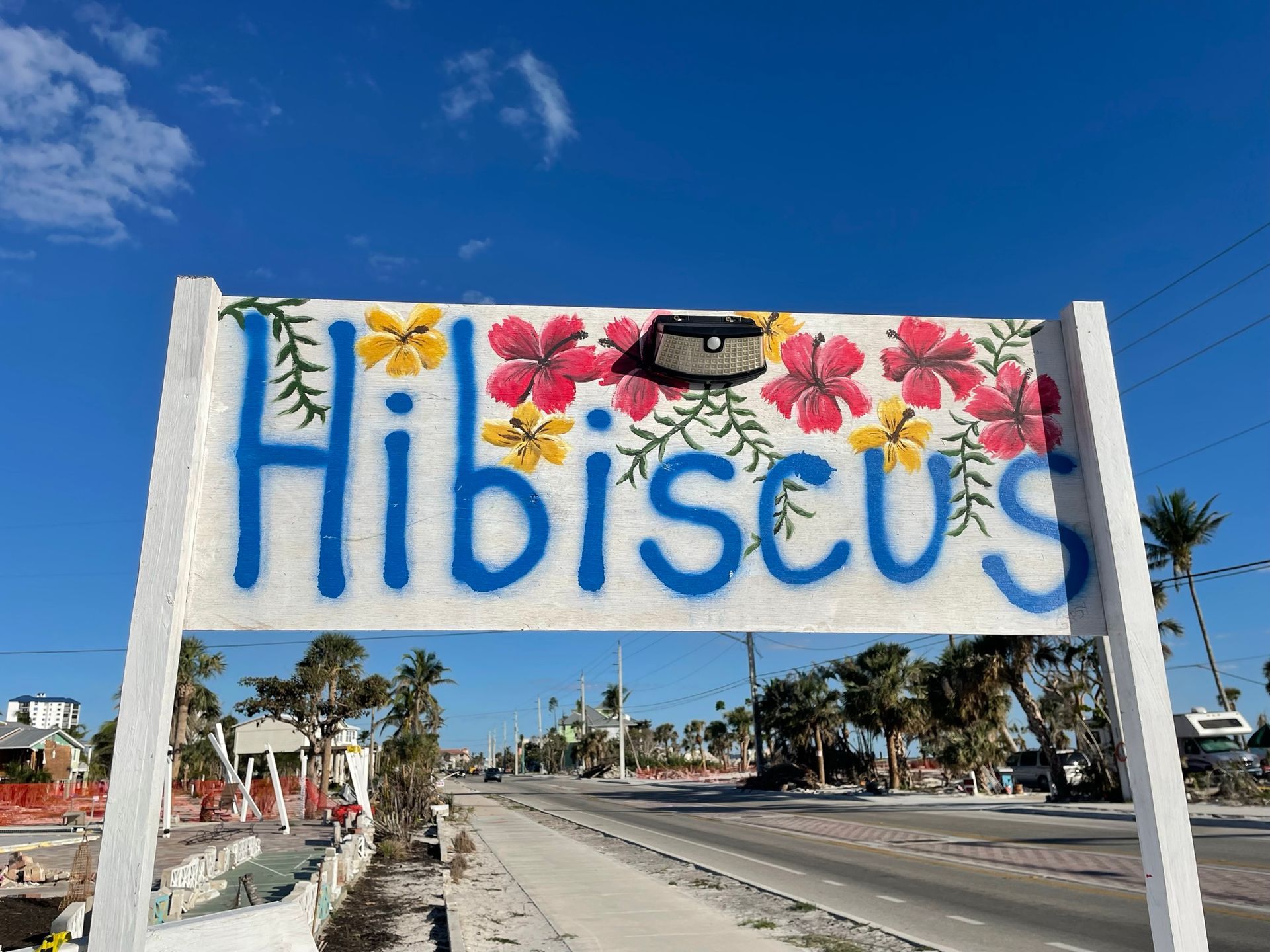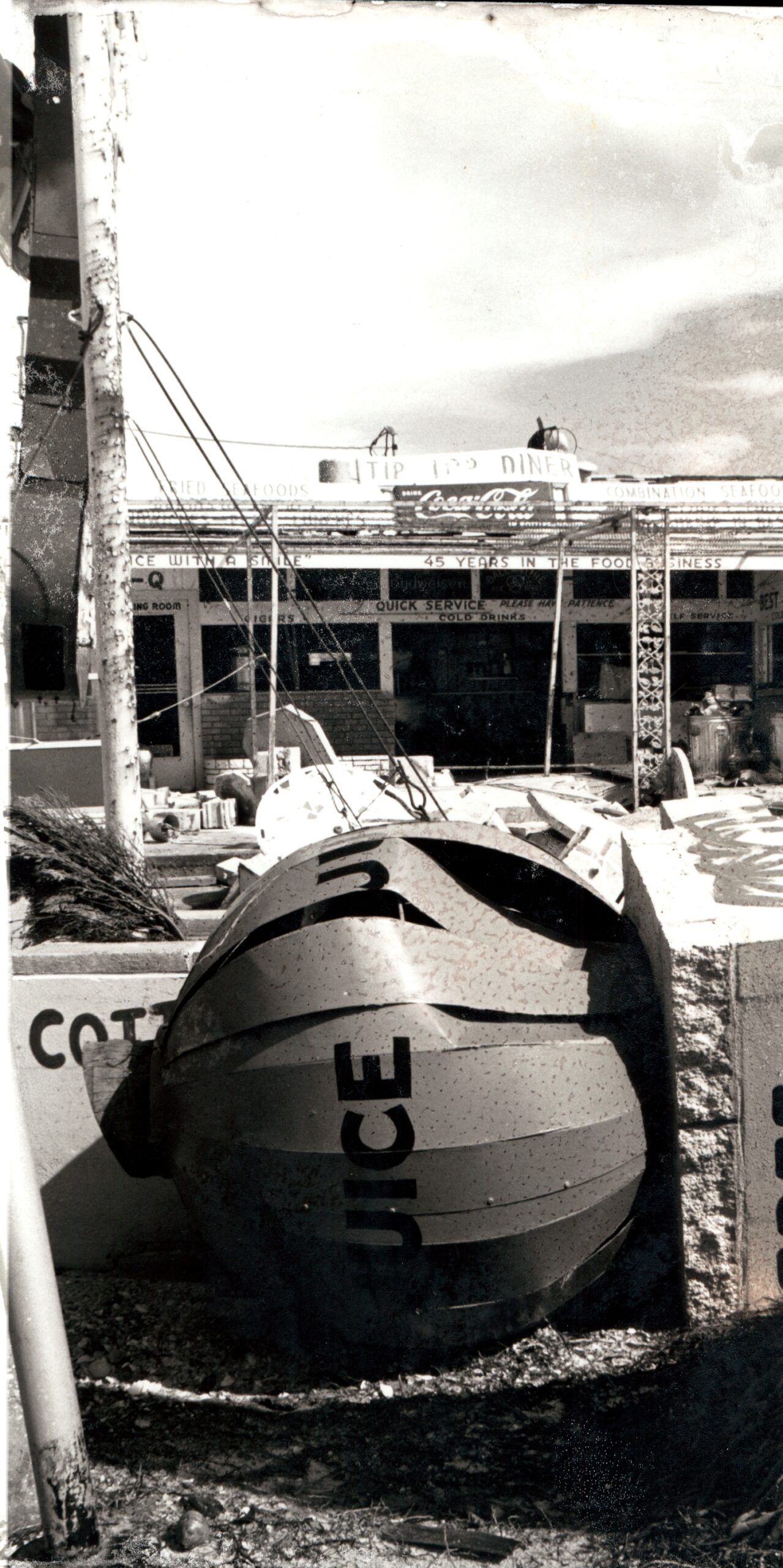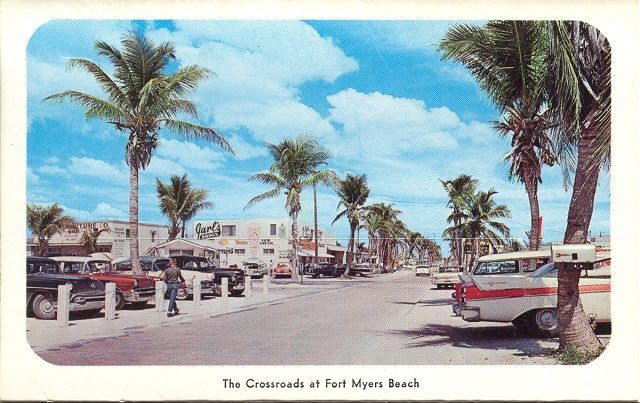Keeping the Faith: Island Churches Suffer Damage
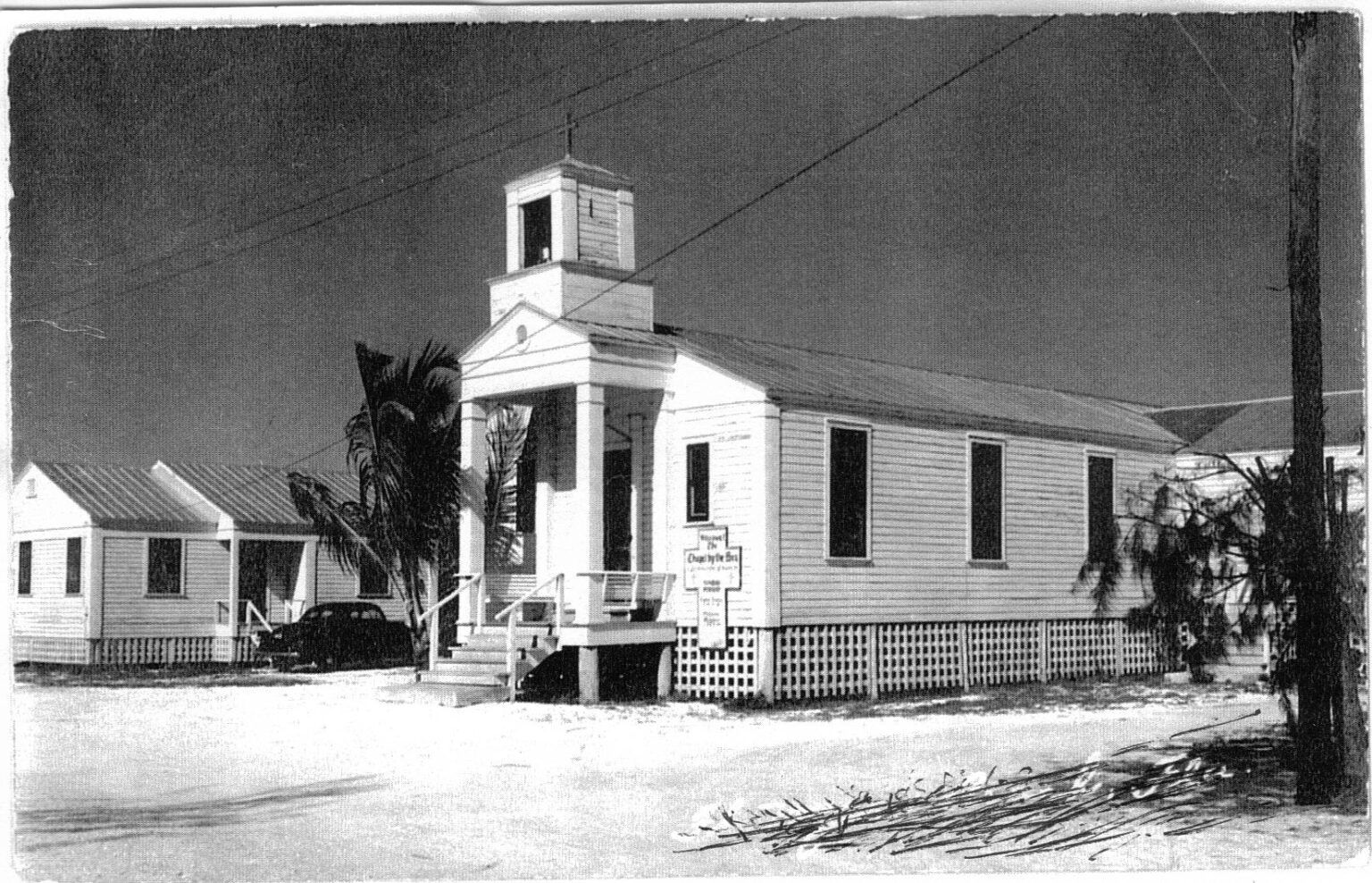
This is the original Chapel By The Sea sanctuary
After driving down Estero Blvd this week, I noticed that my goal to write about lost icons on the island was going to be a large undertaking since so many buildings were destroyed in the storm. To me, it was heartbreaking to view the damage done to our island’s churches. I find it amazing that on a seven-mile-long island, we had all the major Christian denominations represented. The damage done to all the churches is extensive. Here is a brief look at the growth of religious institutions on FMB.
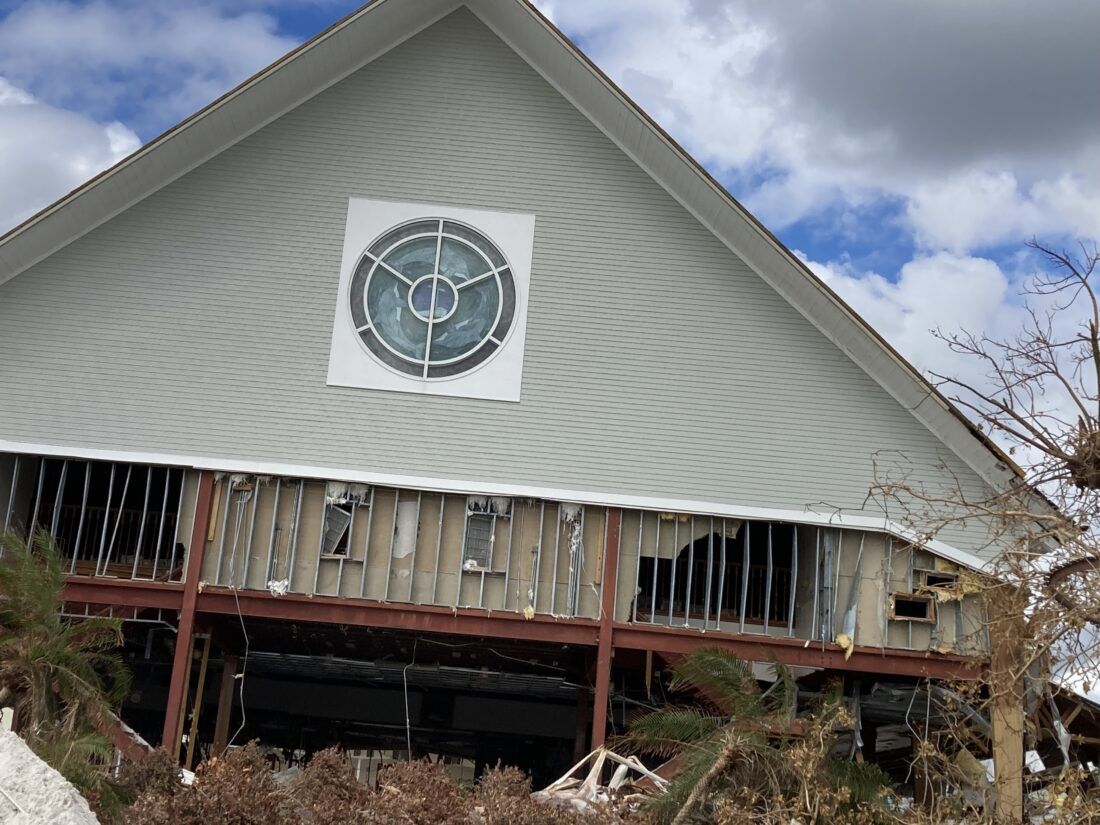
This is the sanctuary of Chapel today.
Before 1938, religious gatherings were held at the Red Coconut Pavilion as well as at different homes and school rooms on the island. On Palm Sunday, 1938, Chapel by the Sea held their first service in a small building on Chapel Street. The final worship service in the original church was held on Palm Sunday, 1984 and the new church building was dedicated on Palm Sunday, 1985.Chapel was damaged when Hurricane Charley hit the island causing $1.5 million in damages. Although the structure is still standing, all the walls are gone as you can see by the picture above.

St. Raphael’s Episcopal Church is the oldest church building on the island.
St. Raphael’s began building their church on Williams Drive in 1951 and the cornerstone was laid in 1953. First services were held in January 1954. Prior to that services were held in the Estero Manufacturing Company and the Community Center near the Hurricane Pass Bridge. St. Raphael’s is well known for their famous shrimp rolls and shrimp dinners. For many years, the church sponsored the Blessing of the Fleet as part of the Annual Shrimp Festival. Located in a quiet neighborhood off Williams Drive, the church building has been designated as an historic structure by the town. Although the church building is still standing, the storm surge caused the doors to cave in and over five feet of water entered the sanctuary. The insides of the church, the parish hall, and the rectory were inundated by the salt water and will require quite a bit of restoration.
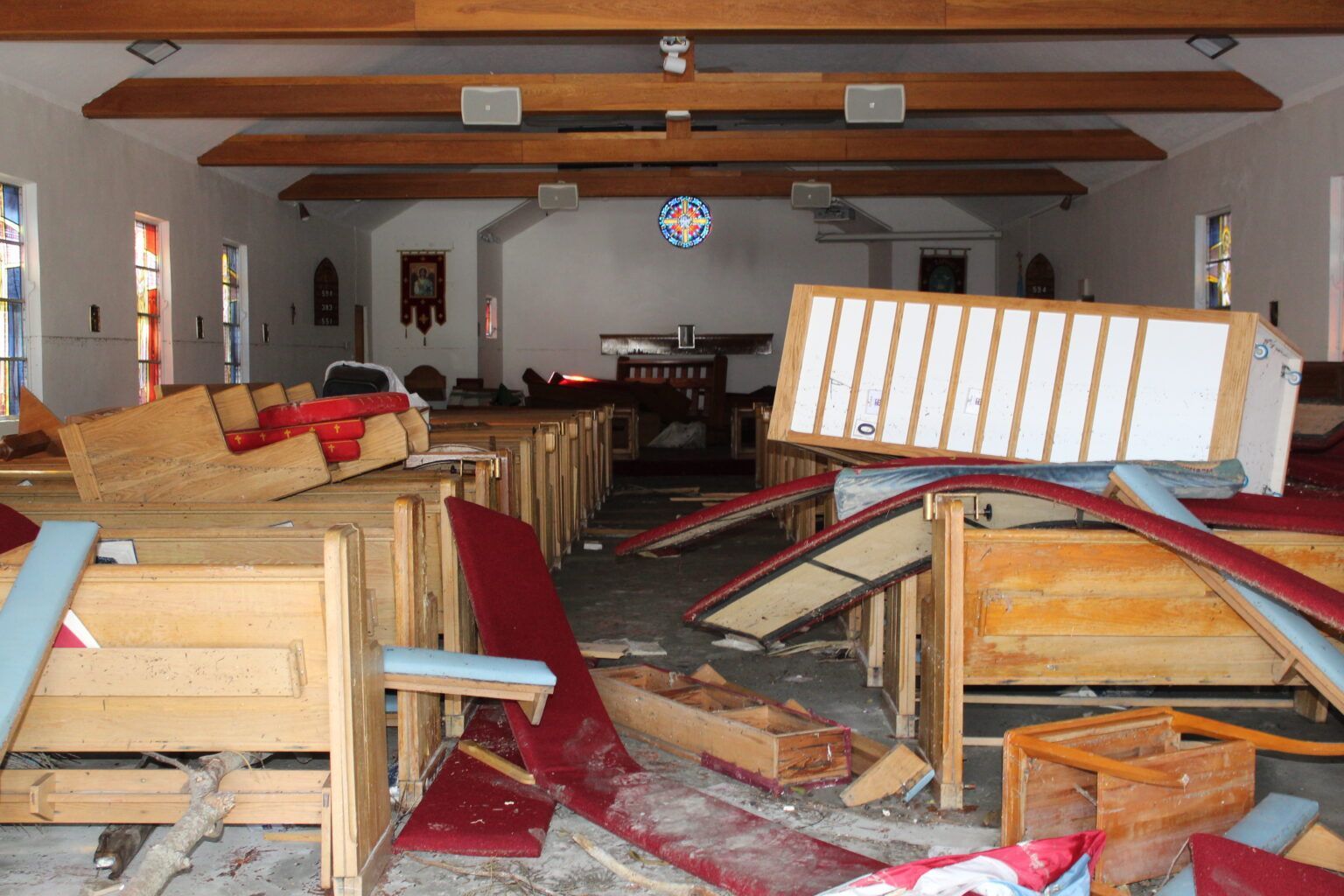
Although the building is still standing, the interior of the church suffered damage from the storm surge.
The Beach Methodist Church also began holding services in the 50s meeting in the home of Art and Mabel Reckwerdt. When the congregation outgrew the home, they moved to the American Legion even meeting for a time in the old Beach Theater. The sanctuary was dedicated in the 1960s, adding the education building in 1985. Today, the building still stands on Bay Road but the extent of damage to the interior has not yet been determined.
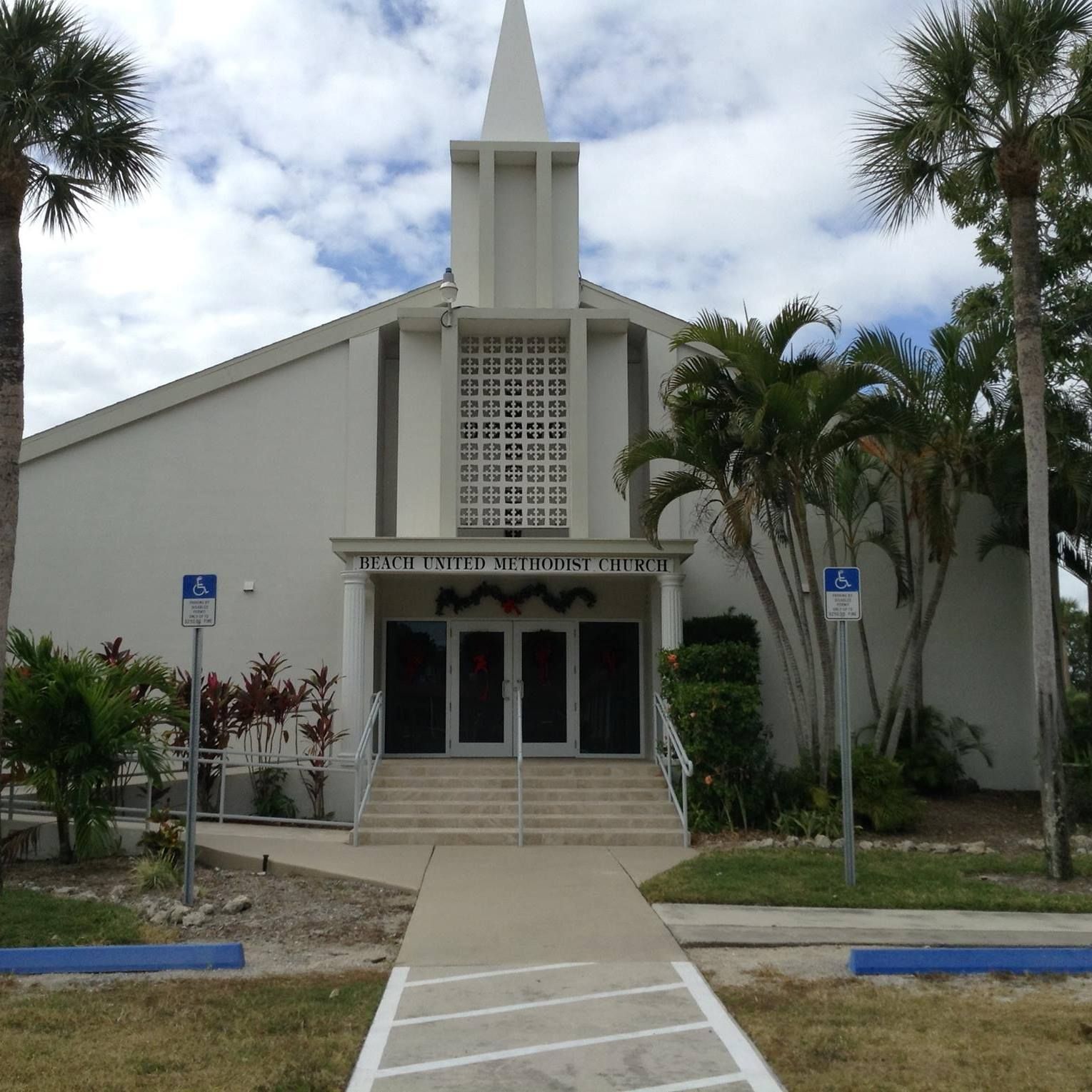
The First Baptist Church held services at the Beach Community Hall until they purchased property at the end of Connecticut and constructed the first building in 1958. Additions were made to the original building in the 1980s (as far as I could tell from the tax records), and the new sanctuary was added in the 1990s.
The Baptist church sponsors the popular Farmer’s Market which is held during the season as well as the food pantry for the island. The church building was destroyed in the storm.
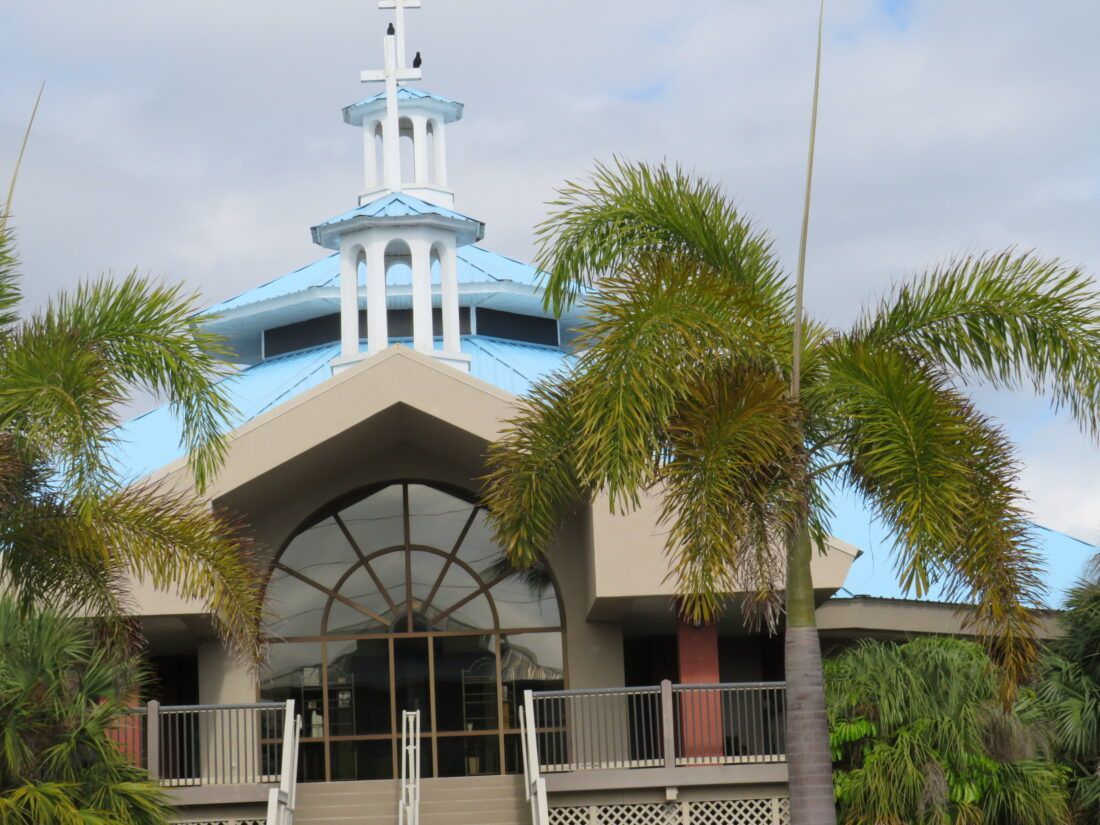
In 1953, the first Catholic mass was held in the dining room of the San Carlos Inn. The parish purchased 21 acres of land from Leroy Lamoreaux on Estero, and in 1955, services were held in the original structure in the 1960s. The sanctuary was enlarged in the 1980s and the new building opened in the 1990s.

This is the Church of the Ascension before the storm.
The congregation of St. Peters was organized in 1968. Ground was broken on the building in 1971 and the first service in the sanctuary was held in 1972. As the congregation grew, plans were made for building a new sanctuary. Ground was broken in 1991 and eight months later, services were held in the new building.
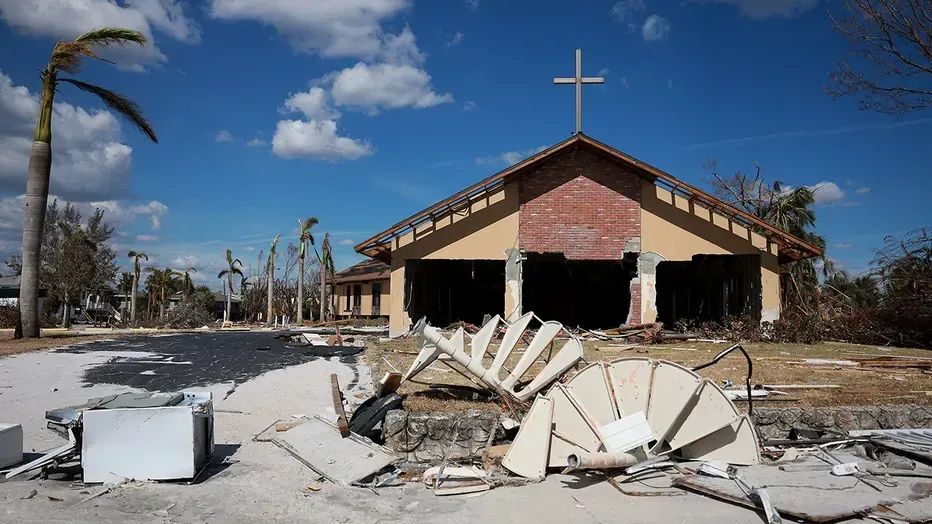
Like many of the churches on Estero, St. Peters suffered quite a bit of damage.
Although the storm has destroyed the buildings, many of the churches are still offering services online and are communicating with their congregations to help them through these unusual times.
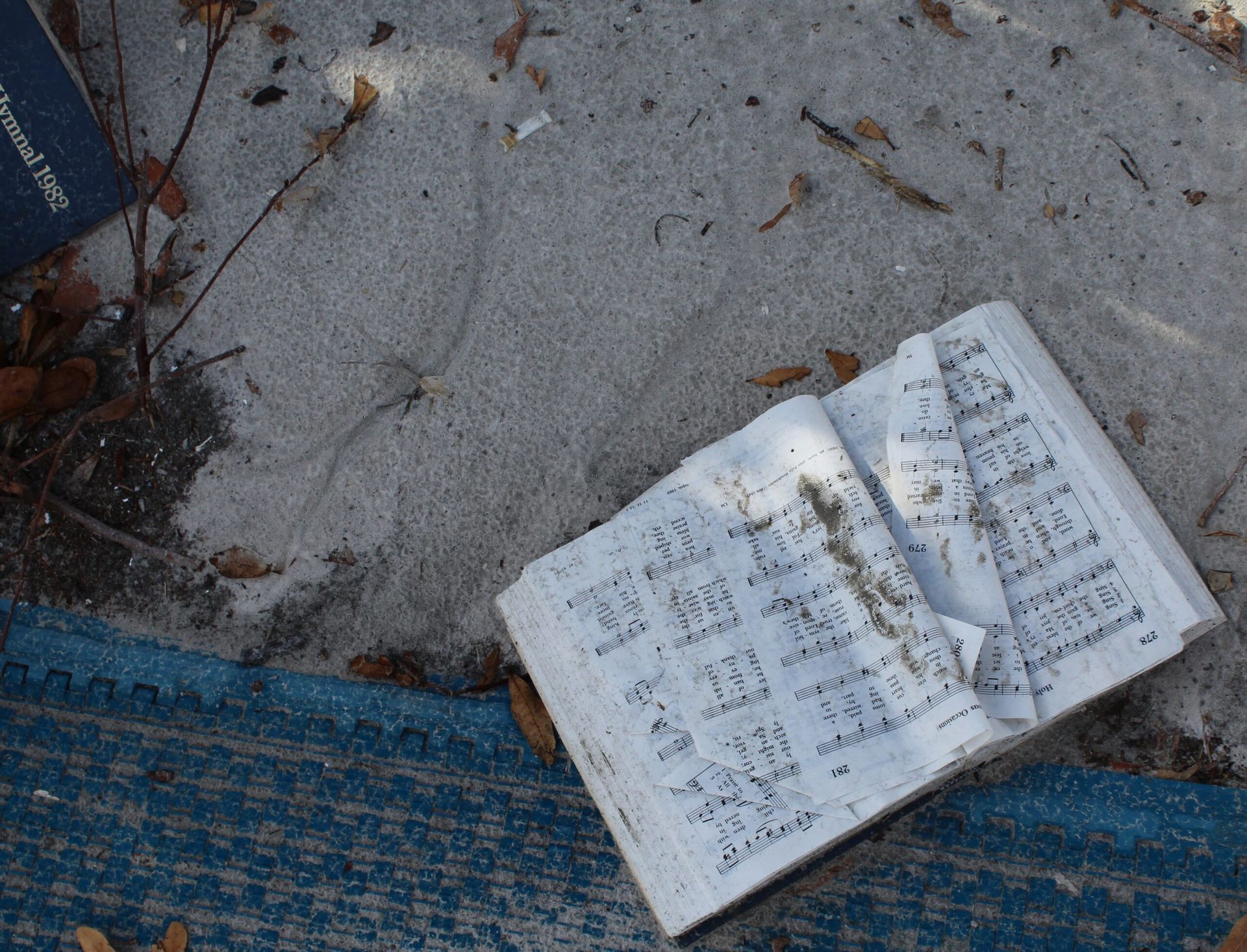
Hymnal found on the grounds of St. Raphaels.
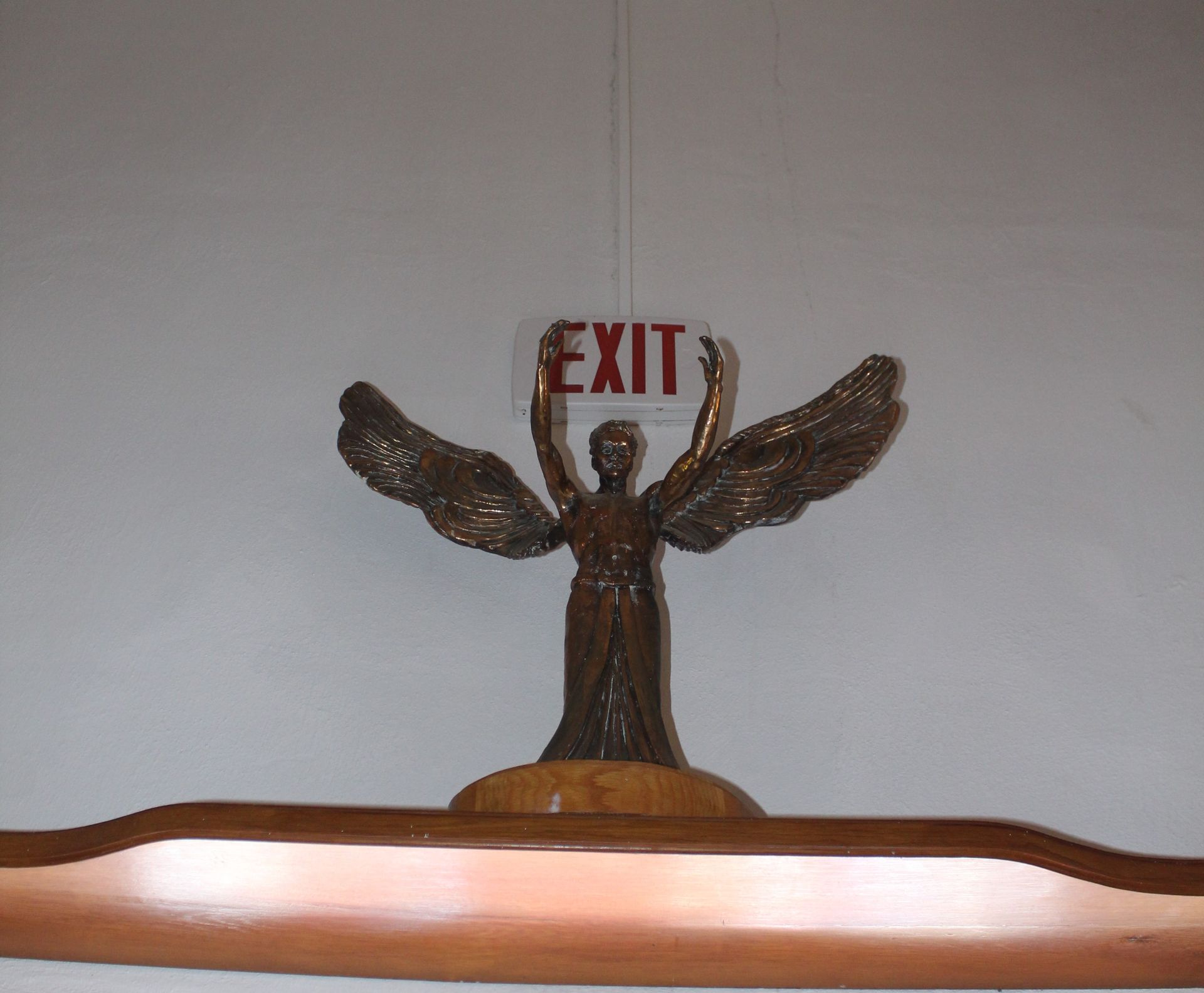
Statue of St. Raphael still stands.
